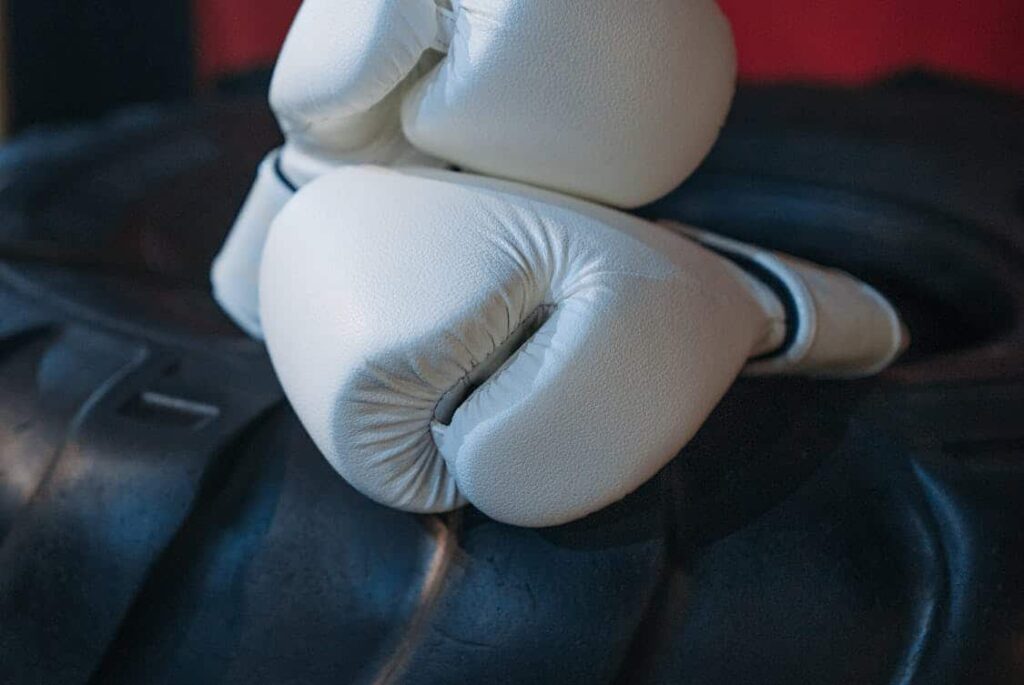How Glove Padding Affects Impact Absorption? Glove design is crucial in protecting fighters in boxing and combat sports. One of the most significant factors in glove design is padding, which absorbs impact and distributes force, reducing the risk of injury. The type, thickness, and composition of glove padding determine how effectively it minimizes damage to both the wearer and their opponent.
Understanding the Purpose of Glove Padding
The primary function of glove padding is to absorb and disperse a punch’s force. Without adequate padding, punches would deliver full-force impact directly to the target, increasing the likelihood of injuries such as fractures, concussions, and cuts.
Padding also protects the fighter’s hands and wrists, preventing strain and reducing the chances of sprains or fractures. By cushioning blows, gloves help maintain the integrity of a fight while allowing athletes to train and compete safely.
Another crucial aspect of glove padding is injury prevention for opponents. A glove with adequate padding reduces the force transmitted to an opponent’s head and body, mitigating the risk of serious injuries like concussions. Padded gloves are essential for sparring, training, and professional and amateur boxing matches, where athlete safety is a top priority.
How Padding Materials Affect Impact Absorption
Different materials are used in boxing gloves to provide padding; each material has unique properties that affect impact absorption. The most common types of padding materials include foam, gel, and layered padding:
- Foam Padding: It compresses and regains its shape after impact. High-density foam is tougher and absorbs more force—a material used in training gloves. Softer foam provides more cushioning and lessens hand strain while still providing adequate protection.
- Gel Padding: Another option known for its ability to distribute impact more evenly. Gel layers conform to the shape of the hand and have a different feel from foam padding. Modern gloves may contain gel or foam for increased comfort and impact absorption, which is good for intense training.
- Layered Padding: It combines multiple materials to balance protection and performance. By integrating different densities of foam and gel, manufacturers create gloves that offer durability, shock absorption, and comfort. Premium gloves designed for professional fighters and serious athletes often have layered padding.

The Thickness of Padding and Punch Force
The thickness of the padding significantly affects how much force the glove absorbs. Sparring gloves typically have thicker padding to minimize damage to training partners, whereas competition gloves have thinner padding to allow for harder, more precise punches.
Thicker padding disperses force over a larger area, softening the impact. It is ideal for prolonged training sessions where injury prevention is critical. However, it can slightly reduce the sharpness and feedback of punches.
Thinner padding, on the other hand, allows for greater force transmission. In professional matches, fighters often wear gloves with minimal padding to maximize the effectiveness of their punches. While this enhances performance, it also increases the risk of hand injuries, making proper hand wrapping essential.

Effects on Punch Speed and Technique
Weighty padded gloves slow down punch delivery and change timing. Fighters training with heavier gloves report increased speed improvement when switching to lighter, competition-style gloves.
Alternatively, thinner-padded gloves punch faster but protect less against shock. They are better suited for competitions where speed and precision count above prolonged hand safety. Fighters need protection but require performance when choosing gloves for training.

Choosing the Right Gloves for Your Needs
Selecting the right boxing gloves depends on the intended use and the level of protection required:
- General Training and Sparring: Thicker padded gloves are recommended for general training and sparring.
- Competition: Gloves with thinner padding allow for greater force transmission, which is needed for effective striking.
- Heavy Bag Work: Gloves with dense padding are ideal for this type of work. They absorb repeated impacts and protect the hands from excessive strain.
- Prioritizing Speed and Accuracy: Use gloves with moderate padding that do not overly restrict movement.
Understanding these distinctions enables athletes to make informed decisions and enhance their overall performance while minimizing injury risk.
Frequently Asked Questions
How often should I replace my boxing gloves?
Replace them every 6 to 12 months. Still, if you use them more frequently, you may have to replace them earlier. Signs of worn-out padding, cracks, and loss of impact absorption indicate that a replacement is needed.
Can glove padding reduce hand injuries completely?
While glove padding significantly reduces the risk of injuries, it does not eliminate them. Proper hand wrapping and selecting the right gloves for the activity further help prevent injuries.
Is gel padding better than foam padding?
Gel padding offers superior shock distribution while foam provides a more traditional feel. You should choose one based on your personal preference and intended use.

